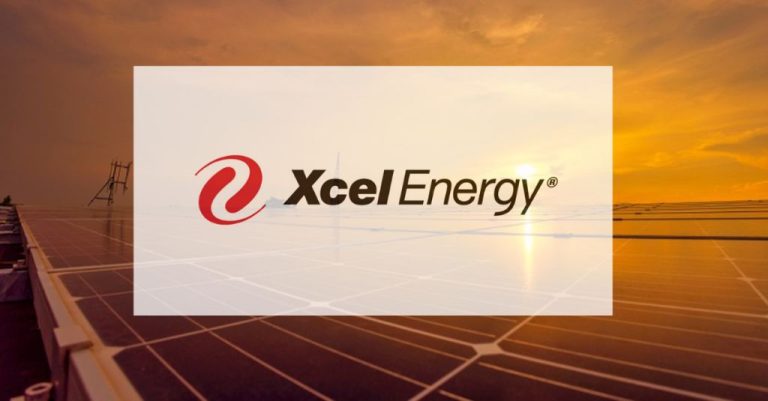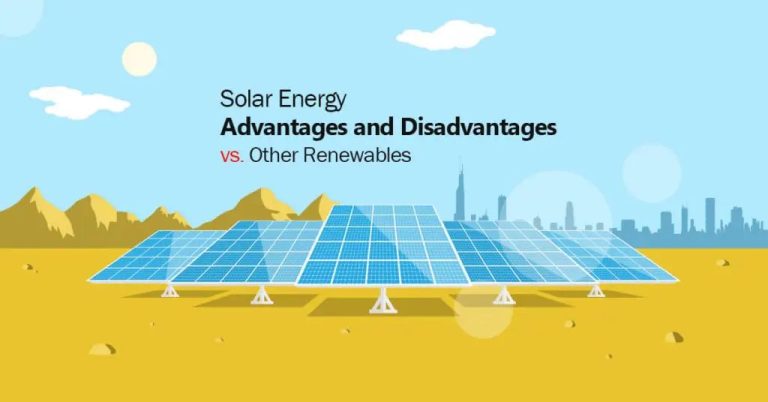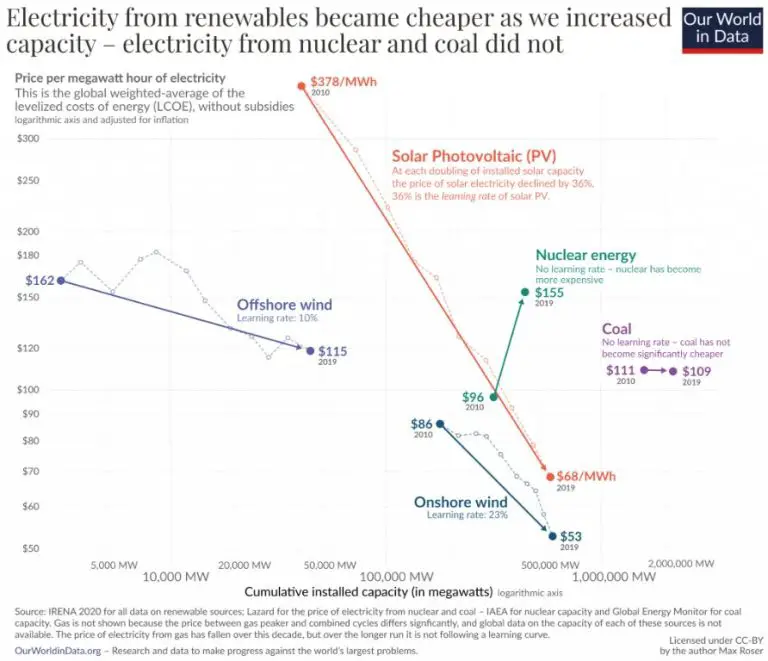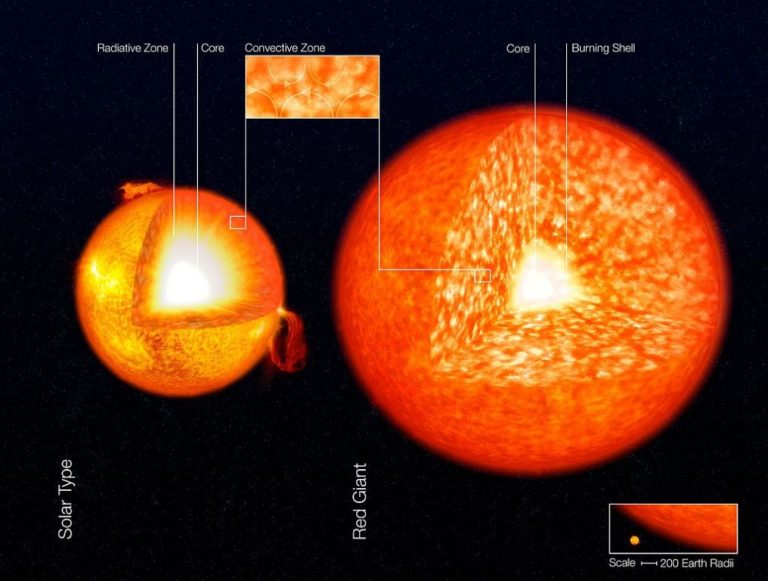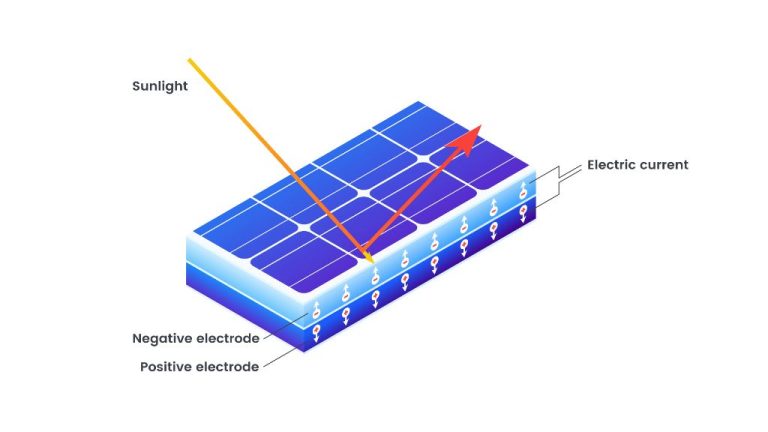Did Nasa Invent Solar Energy?
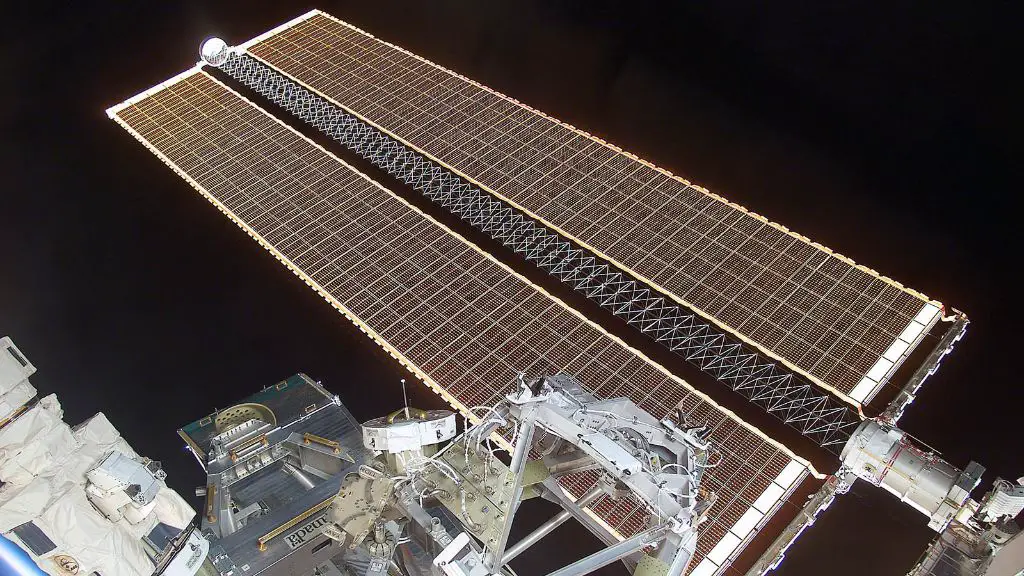
Solar energy has been harnessed by humans for centuries, dating back to ancient times when sunlight was concentrated to light fires. The discovery of the photovoltaic effect in 1839 by French physicist Edmond Becquerel marked a major milestone in understanding how solar energy can be converted into electricity.
Solar energy is radiant light and heat from the sun that is harnessed using various technologies such as solar heating, photovoltaics, solar thermal energy, solar architecture, molten salt power plants, and artificial photosynthesis. It is an essential source of renewable energy and its technologies are broadly characterized as either passive solar or active solar depending on how they capture and distribute solar energy.
NASA’s work advanced solar cell technology in the 1950s and 1960s, boosting efficiency and paving the way for widespread use. But NASA did not act alone. Many scientists and inventors contributed to unlocking the potential of solar power.
Early History of Solar Energy
People have harnessed solar energy for thousands of years. As early as the 7th century BC, people used magnifying glass to concentrate the sun’s rays to make fire (1). Ancient Greek and Roman architects also oriented buildings and designed openings to take advantage of the sun for heating and lighting homes (1).
In the 18th century, Swiss scientist Horace-Bénédict de Saussure built an insulated box with glass panels called a “solar oven” to cook food and boil water using the sun’s energy. He also constructed the first solar water heater by painting a black tank to absorb solar energy and heat water inside (2).
French scientist Augustin Mouchot designed and built the first solar-powered engine in 1860. His engine used the sun to power a printing press. Mouchot went on to showcase solar-powered pumps, steam engines, and distilleries at the 1878 Universal Exhibition in Paris (2).
(1) https://www1.eere.energy.gov/solar/pdfs/solar_timeline.pdf
Modern Solar Cell Development
The modern solar cell began development in the late 19th century. In 1883, American inventor Charles Fritts created the first solar cells made of selenium (source). Though Fritts hoped his solar cells could compete with Edison’s coal-fired electrical plants, they proved inefficient at less than 1% efficiency.
The next major development came in 1905 when Albert Einstein published a paper describing the photoelectric effect, which would later earn him the Nobel Prize in Physics and laid the foundation for solar cell theory (source).
In 1941 Russell Ohl created the first modern solar cell made of silicon. Ohl’s work paved the way for the invention of the first practical silicon solar cell in 1954 at Bell Labs. This cell had around 6% efficiency (source).
Continued research and development driven by the space industry led to solar panels powering NASA’s Vanguard I artificial satellite, launched in 1958. This demonstrated solar power’s viability for space-based applications.
NASA’s Contributions
While NASA did not invent solar cells, the agency has made significant advancements in solar technologies over the decades (science.howstuffworks.com/innovation/nasa-inventions/5-green-nasa-inventions.htm). Solar power plays a critical role in NASA’s space missions by providing renewable energy to spacecraft and satellites. Some key solar technology contributions by NASA include:
Developing high efficiency solar cells: NASA researchers have worked to improve the efficiency of solar photovoltaic cells. In the 1990s, NASA worked with the private sector to create a solar cell with an efficiency of over 30%. Today, NASA uses solar cells with efficiencies approaching 50% (science.howstuffworks.com/innovation/nasa-inventions/nasa-improve-solar-energy.htm).
Designing flexible solar arrays: NASA pioneered the use of flexible and foldable solar arrays that can be compactly stowed for launch and then unfurled in space. These arrays maximize power generation while minimizing weight and storage space.
Demonstrating concentrated solar power: In the 1970s, NASA researched concentrated solar power for spacecraft. This approach uses reflective materials to concentrate sunlight onto solar cells, requiring less cell area to generate substantial power.
Advancing solar electric propulsion: NASA has developed advanced solar-powered ion engines for spacecraft maneuvering and propulsion. This “solar electric propulsion” provides efficient in-space transportation.
Overall, through its space programs and aeronautics research, NASA has served as an incubator for solar innovations. Many of the agency’s advancements have gone on to benefit terrestrial solar applications.
Other Pioneers of Solar
While NASA made important contributions to photovoltaic technology, there were many other key pioneers who helped develop solar energy over the past two centuries. In 1839, French physicist Edmond Becquerel first discovered the photovoltaic effect while experimenting with metal electrodes in electrolyte solutions (https://www.adtsolar.com/renewable-energy/pioneers-of-solar-energy/). This laid the groundwork for converting sunlight into electricity.
In 1883, American inventor Charles Fritts created the first true solar cells by coating selenium with a thin layer of gold. These primitive cells had less than 1% efficiency but demonstrated the concept (https://www.anker.com/blogs/solar/who-invented-solar-panels). Decades later in 1954, scientists at Bell Laboratories developed the first modern silicon photovoltaic cell. Gerald Pearson, Calvin Fuller, and Daryl Chapin combined silicon with small amounts of gallium, arsenic and boron to improve efficiency. Their 6% efficient cell was a breakthrough that launched the solar industry (https://www.sunrun.com/go-solar-center/solar-articles/shining-a-light-on-solar-pioneers).
In the 1970s, photovoltaics gained traction through efforts by solar companies like ARCO Solar and Solarex. Advances by private companies, universities and national labs gradually increased the efficiency and lowered costs. The solar pioneers over two centuries laid the groundwork for solar power to become a mainstream energy source today.
How Solar Cells Work
Solar cells work through the photovoltaic effect. When photons from sunlight hit the solar cell, they transfer their energy to electrons in the solar cell’s semiconductor material. This energizes the electrons enough to break free of their atomic bonds and flow through the semiconductor material as electricity.
Solar panels are made up of many solar cells wired together. The photovoltaic effect causes electrons to flow within each solar cell when exposed to sunlight. These solar cells are arranged into circuits and modules inside the solar panel. As the electrons move through the circuits, they generate electricity. This direct current electricity can then be used to power devices or converted into alternating current and fed into the utility grid.
The key aspects that allow solar panels to convert sunlight into electricity are the semiconducting materials used in solar cells and the junctions between those materials. Solar cells typically consist of two layers of semiconductors – one layer with a positive charge (p-type) and one with a negative charge (n-type). When sunlight hits the solar cell, electrons are knocked loose from the atoms in both semiconductor layers. But the junction between the p-type and n-type layers only allows electrons to flow in one direction, creating an electrical current. This one-way flow of electrons is how the photovoltaic effect generates electricity from sunlight in solar panels.
Sources:
How Does Solar Work? – Energy.gov
How a Solar Cell Works – ACS Chemistry for Life
Growth of Solar Power
The solar energy industry has experienced exponential growth over the past decade. According to the Solar Energy Industries Association (SEIA), solar has seen an average annual growth rate of 24% in the last 10 years alone.(1) In 2021, solar accounted for about 2.8% of electricity generation in the U.S., up from just 0.1% in 2000.(2) As of 2022, solar PV generation reached almost 1,300 TWh globally, a record increase of 270 TWh (up 26%) from the previous year.(3)
The SEIA projects that the U.S. solar market will quadruple in size over the next 10 years, reaching 20% of electricity generation by 2030. This continued growth is being driven by rapidly declining costs and supportive government policies like the federal Investment Tax Credit. The residential solar market in particular is surging, with over 4 million U.S. homes now powered by rooftop solar panels as of 2021.
Benefits of Solar
Solar energy provides several important benefits, particularly related to the environment, cost savings, and energy independence.
On the environmental front, solar power generates electricity without releasing any air or water pollution. Unlike fossil fuel sources, solar panels don’t emit greenhouse gases or other pollutants that contribute to climate change and environmental damage. Widespread adoption of solar could significantly reduce carbon emissions and improve public health.
Solar energy can also save homeowners money by reducing electricity bills. Once the initial system costs are paid off, the electricity generated from solar is essentially free. Any excess electricity produced can even be sold back to the grid through net metering programs. The Energy Department estimates homeowners can save $10,000 – $30,000 over 20 years with solar.
In addition, solar provides energy independence and security. By producing their own renewable electricity, homeowners don’t have to rely as much on the traditional utility grid and global fossil fuel markets that can be vulnerable to price hikes and instability. Local solar power makes communities more self-reliant for their energy needs.
With environmental, economic, and strategic benefits, it’s clear why solar energy is an appealing option for many homeowners and communities.
Limitations of Solar
While solar energy has many benefits, it also has some limitations. Three key limitations of solar power include:
Intermittent power: Solar energy relies on sunlight, which is not available at night and varies throughout the day and year. This intermittency means solar cannot provide consistent power output around the clock.[1]
High upfront costs: The installation of solar panels and associated equipment like inverters is very capital intensive. While ongoing costs are low, the initial investment required is high compared to fossil fuels.[2]
Low efficiency: Most commercial solar panels on the market today have efficiencies in the 15-22% range. More energy could be harnessed if solar cells converted a greater percentage of sunlight into electricity.[1]
Despite these limitations, research is underway to develop more efficient solar technologies and reduce costs through scalability. Energy storage solutions can also help mitigate solar’s intermittent nature.
[1] https://www.constellation.com/energy-101/energy-innovation/solar-energy-pros-and-cons.html
[2] https://www.nachi.org/disadvantages-solar-energy.htm
Conclusion
While NASA made important early advancements in photovoltaic technology, the history of solar power has many pioneers. Going back to the 19th century, researchers began experimenting with solar energy generation. In the 1950s, Bell Labs developed the first practical solar cells, paving the way for widespread use.
NASA built on existing solar cell research and helped drive improvements in efficiency and cost. Their needs for powering satellites spurred innovation that benefited the renewable energy industry as a whole. However, many other scientists and engineers outside of NASA played a crucial role in developing solar technology.
Today, research continues into making solar power more efficient, affordable and scalable. With photovoltaic and concentrated solar power technologies improving, solar is poised to be a major component of a renewable energy future that reduces fossil fuel dependence. However, work remains to address solar power’s variability and integrate it effectively into electric grids. While the history of solar energy shows remarkable progress, further innovations will be key to realizing its full potential.

